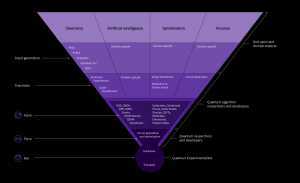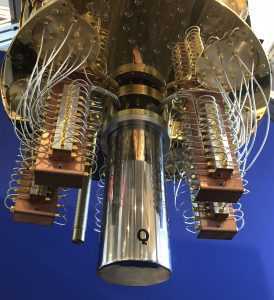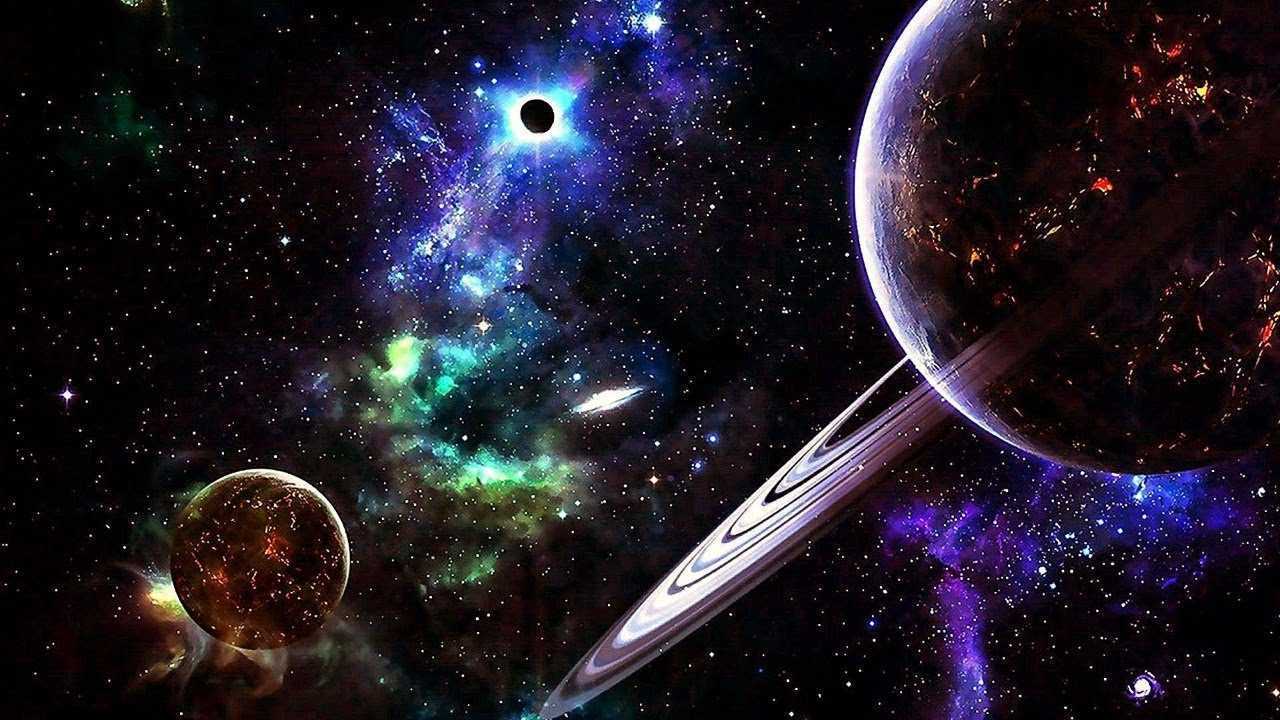This Algorithm from Quantum Physics Explains the Transition between Classical and Quantum Objects
How close can you look at objects? Even going beyond what naked eye can see, going beyond what a magnifying glass can see. The idea of looking closely and far enough has always been a goal for humanity. At such proximity where the fundamental laws of physics break down and what governs instead is called quantum physics. In the study of this subject, students are given a rigorous treatment of probability, the mathematics that we would not use so often the particle nature of light, atoms and energy and so on.
At scales where viruses and single-cell organisms are big in view the laws like gravity or electrons revolving around the nucleus of Na+ icons are not that easy to understand using classical physics. We use quantum theory and topics that delve deeper into the subject. We know that atoms, electrons and protons and many more micro-atomic particles do not have a specific location. They are present in a cloud of uncertainty with probabilities. Here comes the first lesson of quantum mechanics?that discusses the complexity of the mathematical equations. But, when things get bigger, when atoms combine to form small molecules and then objects and then a car or a big house, the quantum properties are suppressed and we can clearly identify and count them.
So, the intriguing question that arises is this how is this possible that the objects that obey fundamental laws of physics are made of things that they do not? The fundamental rules in a macroscopic form are converted into quantum physics. Their rules are different and even weird.
A Quantum-Computing Algorithm
The scientists at Los Alamos National Laboratory at the University of California, Davis have developed a novel algorithm. This is promising to open the window into connecting the classical and quantum nature of objects. They have used quantum theory to develop the software and quantum mechanics to design the thing. This algorithm helps to open a glimpse at the transition between the smallest scales and the bigger scale of objects.
To be able to do this, physicists in quantum physics faculties and communities around the world have devoted much to the cause. To study this quantum-to-classical transition, physicists need to evaluate how closely a quantum scale model obeys the classical laws and vice versa. In this, they consider the effects of quantum mechanics and the fact that quantum objects obey wave-particle duality. For example, things we think of as particles like electrons and photos can also act as waves such as light. This nature gives a clue to the old question. In the same way, ocean waves can add up or cancel each other, these also obey similar rules.
Now, if a quantum system does not obey the rules of quantum theory, it can be classified as a classical object following high-school physics. The newly developed algorithm tries to find interference-free solutions thereby trying to zero-in on the transition region. These solutions in quantum mechanics are called the ?Consistent Histories? that are those we can observe in the classical world around us.
When talking about these consistent histories, if you take a few atoms, it is fairly trivial. But, if you consider systems made of many pieces, it can produce quantum-to-classical transition calculations that are notoriously difficult to solve. As the number of equations grows exponentially with each added atom, the system becomes almost infeasible to solve. However, this is also where supercomputers are failing and quantum computers are trying to replace them for calculations beyond their capacity.
It Creates a Benchmark in Quantum Computing

This algorithm also gives the race to develop quantum computers based on quantum physics a challenge to solve in considerable time and keep the solutions tractable. IBM is said to have invested heavily in this tech and recently Google also claimed to have achieved the milestone. And, appropriately enough, the new algorithm requires the use of a quantum computer to solve this computationally-intensive problem. It can help measure how closely does a quantum computer behave classically. If not for the advances in quantum mechanics, the wave-particle duality, today’s milestones have been impossible to attain.
With the efficient use of quantum states, the computers are able to increase the computation speed significantly faster than the most powerful supercomputer. Building a quantum computer that can solve meaningful problems does not exist yet the algorithm forms a benchmark for testing the innovations made by big corporations and support or refute their claims. Quantum theory can be proved in theory but to make the theory work, we need computers that can use it to solve problems. With the use of qubits, a new milestone was achieved by Google a few days ago.
What a Fundamental Law can’t do?
To find out why such an interpretation and transition is necessary, we have to understand that being able to achieve that knowledge we can break down the particles and use them for our causes. When designing rockets the fundamental laws of classical objects were used and we can monitor weather today. With quantum theory, we can monitor the state of atoms in nuclear reactors and equations inside quantum computers. The qubits are able to store states more than just 0 and 1, and this is possible due to the quantum physics model it follows. Using classical physics, we can never mathematically define them, measure them or even see them.
To that effect, finding the transition between the classical and quantum scale allows us to understand what to apply where? If we use quantum mechanics to find the relation between particles, we can establish rules to stabilize them. If we know that, we can make use of these particles and extract information, build more secure communication networks, use them for transmitting encrypted messages and more. The possibilities are endless if we can get them to work. And, such algorithms help us here.
To make them useful to the community, research needs persistence. And, continued enthusiasm.

